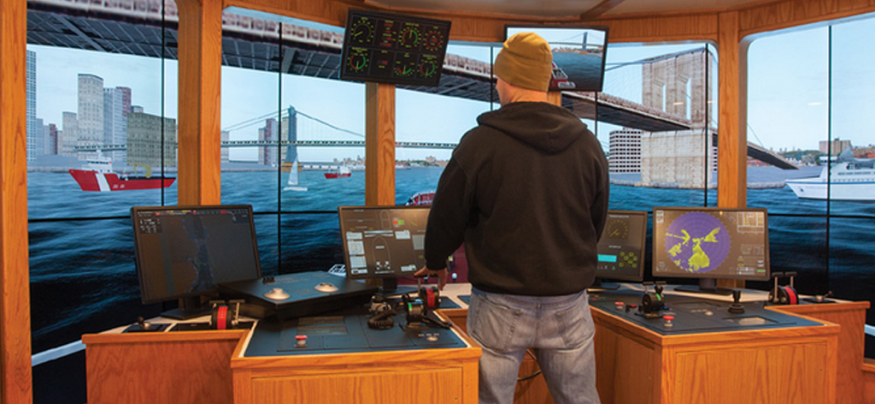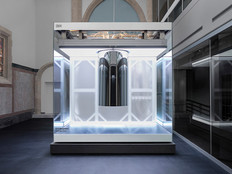Expand the Student Experience with Immersive Video-Wall Programs
On an increasing number of university campuses, video-wall technology is helping administrators find new, exciting ways to connect with students.
After the University of Idaho installed nine 55-inch thin-bezel LG displays, professors found that students were much more engaged during lectures.
“The addition of the LG video wall has truly elevated the learning environment, quality of instruction and overall classroom experience,” Greg Clifford, classroom technology service manager at the University of Idaho said in an LG case study. “All parties involved have seen remarkable improvements, and we’re extremely pleased with the results — tangible and intangible — that LG’s displays have produced.”
As university administrators begin to invest more in these high-powered displays, there has been a proliferation of creative uses for video walls that could inspire colleges just getting started with their integration plans.
SIGN UP: Get more news from the EdTech newsletter in your inbox every two weeks!
Students Are On Board with Realistic Digital Ship Simulator
At the State University of New York Maritime College in Throggs Neck, N.Y., future tugboat captains command a “vessel” that cost $1.5 million to build and has never once touched the water.
It’s not a real ship, but a simulator. Made from more than three dozen 55-inch Samsung LED displays, the simulator takes the shape of a tugboat pilothouse. It’s so realistic that the U.S. Coast Guard awards students sea time based on their experiences with the video wall.
“When we take people through it on tours, I have to tell people that the room isn’t moving,” says James Rogin, the college’s director of professional education and training. “I tell people, ‘If you feel like you’re getting seasick, just close your eyes.’ It sounds silly, but it’s that realistic.”

Video walls help SUNY Maritime students train in real-world sailing scenarios without ever leaving the shore. Photo: Samsung for Business
In aggregate, the video displays provide a 360-degree view of several different ports, allowing students to test their skills in challenging weather and varying sea conditions.
“Freshmen are exposed to the simulator before they go out to our training ship over the summer,” Rogin says. “They’ll go over helm orders and how to steer, how to execute commands. They’re the officers, and they’re actually controlling the bridge like they would the bridge of any modern ship.”
Video Walls Expand the Student Experience
At Stanford University, the recently built HANA Immersive Visualization Environment (HIVE) system, a cluster of 13440x5400-resolution video displays covering a span of 10 feet by 24 feet has professors and students clamoring to use the new tech for their academic projects.
Empowered by the new visual tools, the Stanford community has witnessed the Big Bang, experienced congenital heart disease and studied Michelangelo’s David — all without stepping off campus.
“Researchers are creating tremendous amounts of data through computations, simulations, measurements, sensor readings and so forth," Margot Gerritsen, director of the Institute for Computational and Mathematical Engineering told Stanford News.
"A laptop screen doesn't do that justice. We have to have a way to visualize data in ways that allow us to see the big picture and also zoom in on the detail.”
To read more about how universities are using video walls on their campuses, read “Video Walls Bring Campus Highlights to the Big Screen.”









